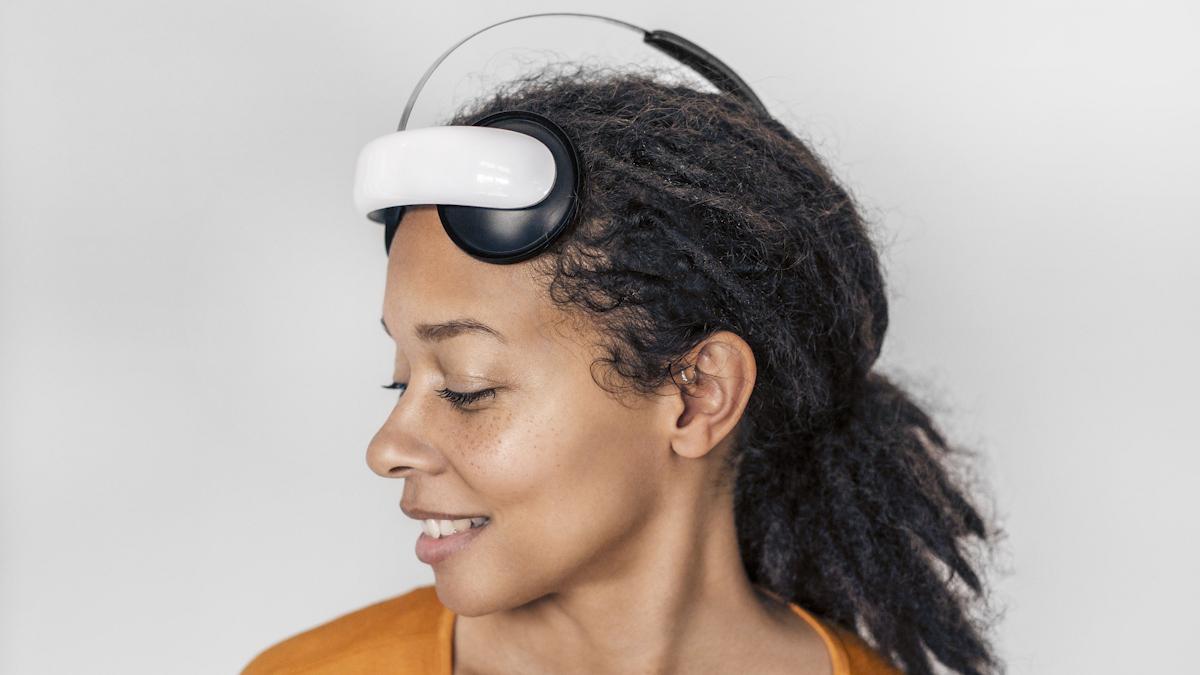J&J shares data on would-be blockbuster antidepressant

Johnson & Johnson’s seltorexant is one of two new therapies that the company reckons could become blockbuster treatments for depression, and data from a phase 3 trial keeps that hope alive.
Topline results from the MDD3001 study of seltorexant, an orexin-2 receptor antagonist, showed that the drug met all primary and secondary endpoints as a treatment for people with major depressive disorder (MDD) and symptoms of insomnia, according to the group.
Orexin antagonists like Idorsia’s Quviviq (daridorexant), Eisai’s Dayvigo (lemborexant) and MSD’s Belsomra (suvorexant) are already approved for insomnia itself, by J&J believes that seltorexant could extend the class into depression and offer a new way to treat MDD.
MDD3001 enrolled MDD patients who had not responded well to standard SSRI and SNRI antidepressants and had significant sleep disturbance. Compared to placebo, seltorexant achieved significant improvements in depressive symptoms after 43 days – measured using the Montgomery-Asberg Depression Rating Scale (MADRS) – as well as secondary endpoints.
The findings were presented yesterday at the ongoing American Society of Clinical Psychopharmacology Annual Meeting in the US, where J&J also presented new data on its treatment-resistant depression (TRD and MDD therapy Spravato (esketamine).
“In MDD, insomnia symptoms exacerbate the risk of depressive relapse, increase healthcare costs and impact quality of life, and it often goes under-treated despite being one of the most common residual symptoms,” said neuroscientist Andrew Krystal of the University of California, San Francisco, one of the study investigators.
“Seltorexant has the potential to fill a significant unmet need for new therapies to treat patients experiencing depression and insomnia.”
J&J is also developing a second potential blockbuster for MDD, selective kappa opioid receptor (KOR) antagonist aticaprant, which is targeting MDD patients with anhedonia – an inability to garner interest, enjoyment or pleasure from life experiences. It is in phase 3 testing with results due later this year.
At ACNP, another drug in that class – Neomora Therapeutics’ navacaprant – was associated with statistically significant reductions in depressive symptoms, including anhedonia, in participants with moderate-to-severe MDD. Navacaprant is also in phase 3 testing.
At an R&D update last December, J&J listed seltorexant and aticaprant among 15 late-stage programmes that could generate $1 billion to $5 billion in annual sales. Last year, Spravato grew more than 80% to reach $689 million worldwide.
The market for antidepressants is, however, getting more competitive after years of stagnation, with a string of new drugs on or approaching the market including AbbVie’s Vraylar (cariprazine), Axsome’s Auvelity (dextromethorphan/bupropion), Intra-Cellular Therapies’ Caplyta (lumateperone), and Sage Therapeutics/Biogen’s Zurzuvae (zuranolone).
Photo by Gadiel Lazcano on Unsplash












